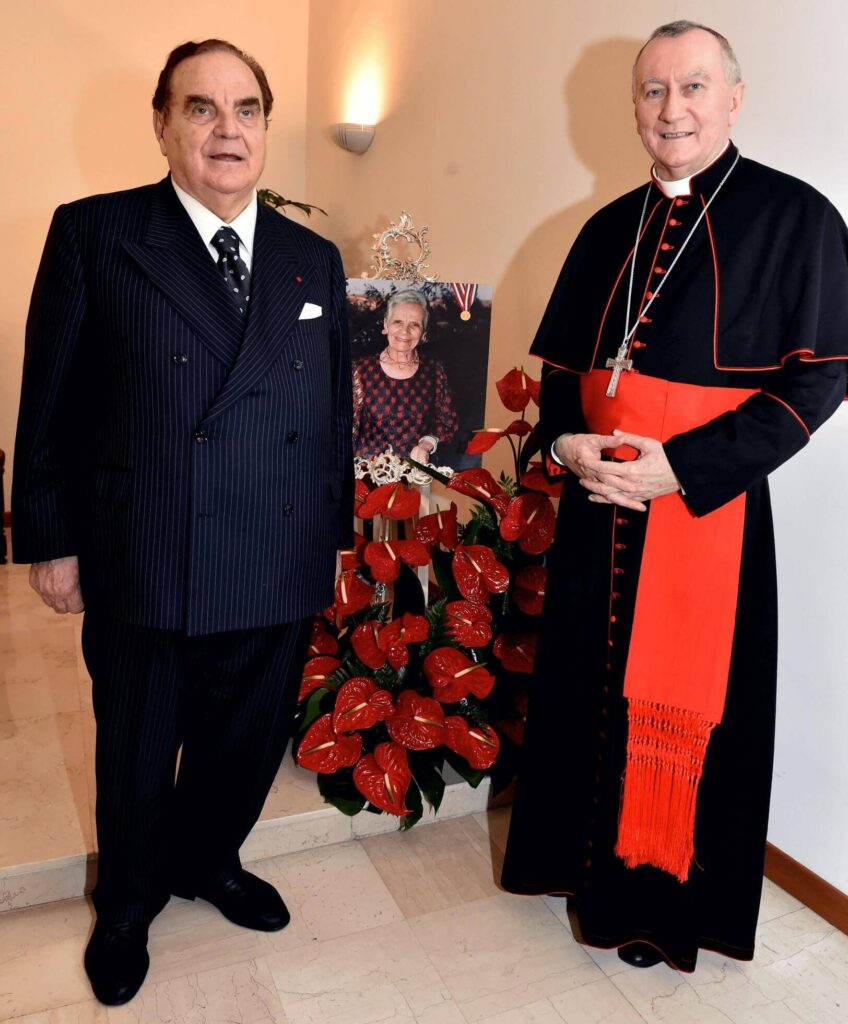Listen to the article:
Lecture by Prof. Giancarlo Elia Valori, at the web conference of the Beijing State University, Faculty of International Relations, Chair of Peace, Security and International Development, titled “Overview of relations between Catholicism and China”

Key Points:
Historical Relations – Christianity was first introduced to China in 635 AD during the Tang dynasty, specifically Nestorian Christianity. Diplomatic relations between the Holy See and China began in the 13th century, with Pope Innocent IV sending envoys to Mongolia, leading to further engagement during the Yuan dynasty and later Jesuit missions in the Ming and Qing dynasties.
Archbishop Costantini’s Role – Archbishop Celso Benigno Luigi Costantini played a crucial role in fostering relations between the Vatican and China from 1922 to 1933. He was instrumental in the Shanghai Council and advocated for the appointment of the first Chinese cardinal, demonstrating his commitment to bridging Catholicism and Chinese culture. Cardinal Costantini faced significant opposition from Western missionary institutes regarding the appointment of Chinese bishops, yet he successfully established a line of Chinese prelates by 1933. Despite political challenges, including interference from the French government, his efforts laid the groundwork for formal diplomatic relations between China and the Vatican in 1946.
Papal Stance on Chinese Bishops – The encyclical “Ad Apostolorum Principis” issued by Pope Pius XII in September 1958 did not address any schism among Chinese bishops ordained illicitly and emphasized the duty of Catholics to love their homeland, the People’s Republic of China, while distinguishing between civil and religious actions.
Establishment of Church Jurisdiction – Following World War II, Pope Pius XII established an apostolic vicariate in China, affirming the Holy See’s jurisdiction, and sought diplomatic relations with the newly established People’s Republic of China in 1949, although the government did not respond to these diplomatic efforts.
Continued Dialogue and Harmony – The “Constantini method” for Holy See relations with China, as outlined by previous Popes and exemplified in the Provisional Agreement of 2018, aims to foster harmony among Chinese Catholics and maintain communion with the Vatican, contributing positively to both the Catholic Church and the international order.
Historic Agreement between the Holy See and the People’s Republic of China – First signed in 2018, has been renewed twice and will continue for four more years, resolving a long-standing power struggle over the appointment of Chinese bishops and leading to the ordination of ten bishops and recognition of previously unrecognized figures.
Progress in relationships – The Vatican has emphasized a significant shift since the agreement’s inception, with no illegitimate episcopal ordinations occurring in China since then, and nine new episcopal appointments made with papal consent, while eight underground bishops have been officially recognized by Chinese authorities.
Cardinal Pietro Parolin highlighted the Pope’s desire for Chinese Catholics to be loyal citizens and promote the integration of Catholic faith with traditional Chinese culture, expressing hopes for a stable Church presence in China that respects local heritage and fosters ecclesial development.
Read the full text of the lecture here (PDF): Overview of Relations Between Catholicism and China
Author: Giancarlo Elia Valori – Honorable de l’Académie des Sciences de l’Institut de France, Honorary Professor at the Peking University







